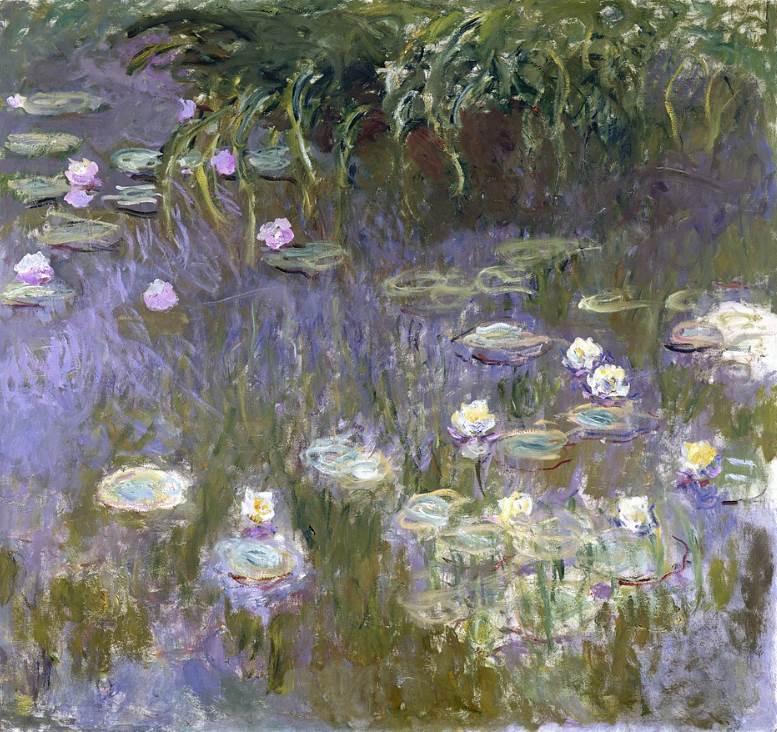The 4th-most populous city in the U.S. state of Ohio is home to one of the most popular museums in the United States.
The Toledo Museum of Art is located just northwest of the heart of the city and houses a collection of over 30,000 objects, including an incredible collection of paintings.
The museum was established by Edward Drummond Libbey (1854-1925) in 1901. He was a Toledo-based glassmaker who funded the construction of the building and served as the museum’s president until his death.
The museum moved to the main Greek-style Neoclassical building in 1912 and it was expanded multiple times as the collection size grew in the 1920s and 1930s.
This included the addition of a Neoclassical 1,750-seat concert hall called the “Peristyle” which was completed in 1933 and still serves as the home of the Toledo Symphony Orchestra.
Two additional buildings were added in the 1990s and 2006, including the Center for the Visual Arts designed by Frank Gehry, and the Glass Pavilion, a building that can be described as an ode to glass.
The collection features some remarkable masterpieces that were produced by the most famous artists in history.
In this article, you’ll discover some of the most famous paintings at the Toledo Museum of Art.
1. Morrison Triptych – Master of the Morrison Triptych
- Date created: 1500-1510
- Dimensions: 110.8 x 37.2 centimeters (43.62 x 14.64 inches)
The Morrison Triptych is a painting that was completed in the early 16th century by an unknown Early Netherlandish painter commonly referred to as the “Master of the Morrison Triptych.” Several other paintings from this artist who was probably based in Antwerp have been attributed to him, including the “Adoration of the Magi” (1504) at the Phildelphia Museum of Art.
Art historians have concluded that it was completed in the first decade of the 16th century because of the progress of the tower of Antwerp Cathedral in the background. It depicts a common scene during the Northern Renaissance which is the Virgin Mary and her child Jesus being flanked by angels and saints.

2. The Crowning of Saint Catherine – Peter Paul Rubens
- Date created: 1631
- Dimensions: 266 x 214 centimeters (104.7 x 84.2 inches)
The Crowning of Saint Catherine is one of the many monumental paintings by Rubens, the Flemish artist who created a completely new style of Baroque art in the first half of the 17th century. This painting is a prime example of his Baroque artworks full of drama and movement.
This painting depicts the crowning of Catherine of Alexandria, an early Christian martyr who died during the Roman persecution of Christians in the early 4th century. The painting was commissioned by the church of the Augustinians in Mechelen, a city just south of the home city of Peter Paul Rubens (1577-1640), Antwerp.

3. Landscape with Nymph and Satyr Dancing – Claude Lorrain
- Date created: 1641
- Dimensions: 99.7 x 133 centimeters (39.25 x 52.36 inches)
Landscape with Nymph and Satyr Dancing is a magnificent painting by Claude Lorrain (1600-1682), a French artist of the baroque era. He was one of the first painters to mainly focus on landscape painting, a style that was only popular in the Dutch Republic at the time.
Lorrain spent most of his career living and working in Italy. The main reason why his paintings were so popular at the time was that they weren’t classified as landscape paintings but as historical or mythological works. He cunningly added small figures, including the nymph and satyr in this painting, to have them classified as such.
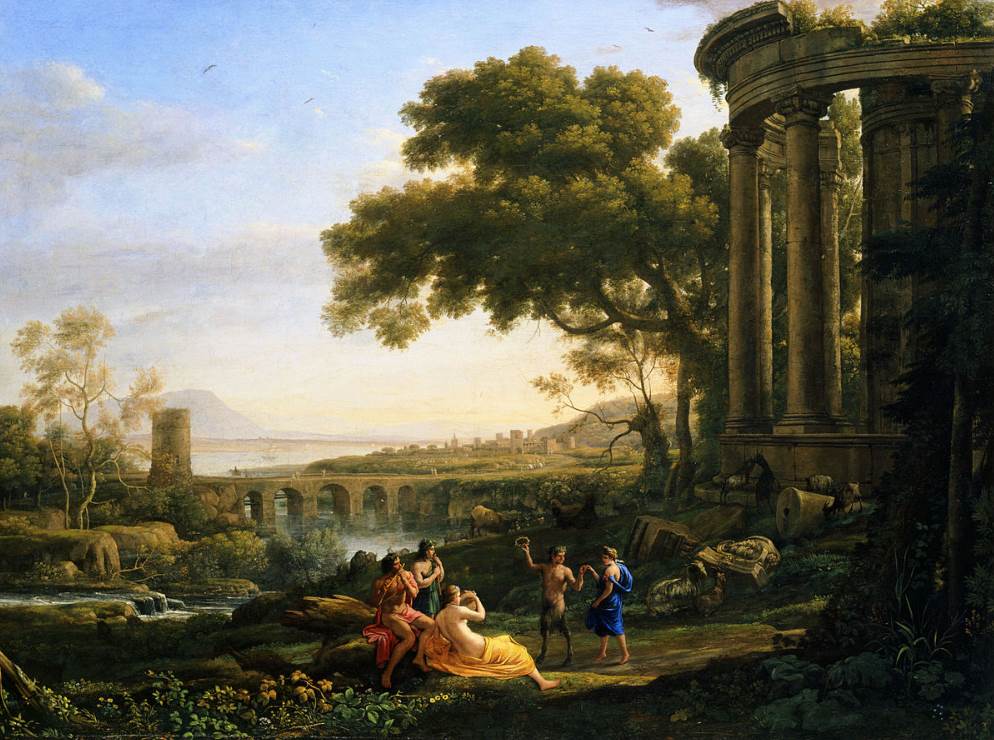
4. Blind Man’s Bluff – Jean-Honoré Fragonard
- Date created: 1750-1752
- Dimensions: 116.8 × 91.4 centimeters (46 × 36 inches)
Blind Man’s Bluff is one of the most famous paintings by Fragonard, one of the most notable Rococo artists of the 18th century. It’s a typical Rococo painting that features a large number of veiled erotic elements that were popular among members of the French court at the time.
Completed at the height of the Rococo art movement in the early 1750s, the painting was intended to accompany another work titled “The See-Saw” (1750) which is part of the collection of the Thyssen-Bornemisza Museum in Madrid. Both works are metaphors of courtship and lovemaking.
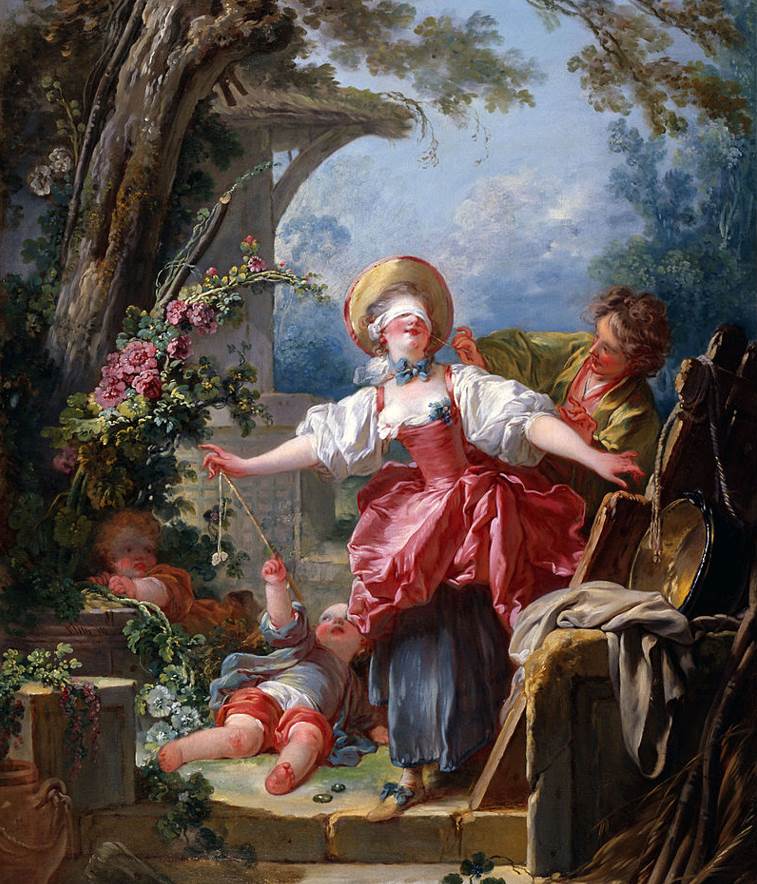
5. The Architect’s Dream – Thomas Cole
- Date created: 1840
- Dimensions: 136 × 214 centimeters (54 × 84 inches)
The Architect’s Dream is a painting by the Engish-born American artist Thomas Cole (1801-1848). He was the leading figure of the Hudson River School which mainly focused on Romantic landscapes. This work was a commission from the American architect and civil engineer Ithiel Town (1784-1844), one of the first professional architects in the country.
The painting features a wide range of architectural styles, including Egyptian, Greek, Roman, and Gothic. Although it’s considered to be one of Cole’s ultimate masterpieces today, it was refused by Town because he was disappointed that it only focused on architectural elements.
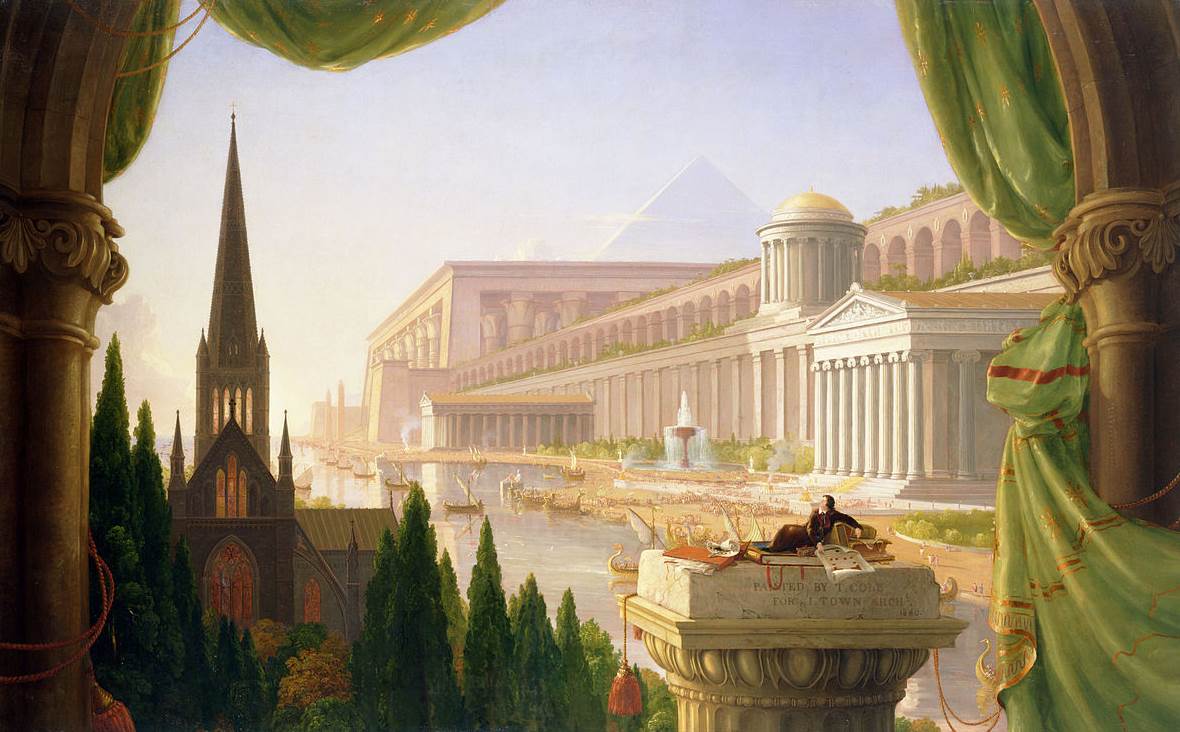
6. Starrucca Viaduct, Pennsylvania – Jasper Francis Cropsey
- Date created: 1865
- Dimensions: 56.8 x 92.4 centimeters (22.36 x 36.37 inches)
Starrucca Viaduct, Pennsylvania is the title of an enthralling painting by American artist Jasper Francis Cropsey (1823-1900), another prominent member of the Hudson River School. It depicts the Starucca Viaduct, a stone arch bridge near Lanesboro, Pennsylvania.
The viaduct was completed in 1848 and was the biggest stone railway viaduct in the world upon completion. It was also very expensive to build as it cost $320,000, the equivalent of well over $10 million today. The viaduct is still used today and was listed on the National Register of Historic Places.

7. The Aqueduct at Marly – Alfred Sisley
- Date created: 1874
- Dimensions: 54.3 x 81.3 centimeters (21.37 x 32 inches)
The Aqueduct at Marly is a painting by Alfred Sisley (1839-1899), the British artist who spent nearly his entire life living and working in France. The painting depicts the Aqueduc de Louveciennes, a structure that was constructed during the reign of King Louis XIV in the 17th century.
The aqueduct isn’t used anymore and was designated a Monument historique in 1953. Sisley completed this work shortly after he fled Paris during the Franco-Prussian War of 1870. He produced some of his most famous works during the period he stayed at Louveciennes just west of Paris.
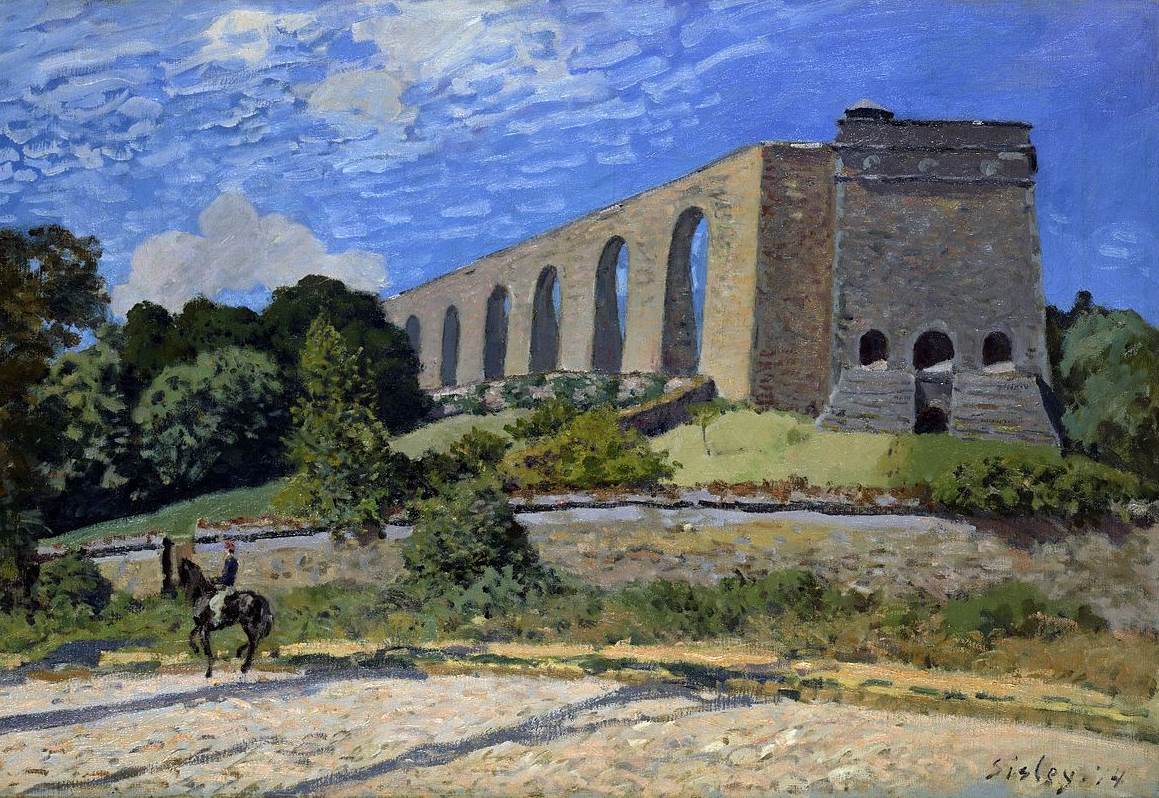
8. Houses at Auvers – Vincent van Gogh
- Date created: 1890
- Dimensions: 73 × 61 centimeters (19.7 × 40.6 inches)
Houses at Auvers is the title of a painting by Vincent van Gogh (1853-1890), the troubled Dutch artist who had just moved to Auvers-sur-Oise. This small town just northwest of Paris was the final place where he lived before he committed suicide in July 1890.
He completed this fascinating example of Post-Impressionist art in May or June of that year, barely weeks before he took his own life. Many of his paintings from this period were nostalgic works of his life in his home country of the Netherlands, especially his period in Nuenen. The houses and cottages he painted several years earlier bear a striking resemblance to the ones at Auvers.

9. Entrance to the Grand Canal, Venice – Paul Signac
- Date created: 1905
- Dimensions: 73.5 x 92.1 centimeters (28.9 x 36.2 inches)
Entrance to the Grand Canal, Venice is a painting by Paul Signac, the French artist who continued the legacy of his colleague and friend Georges Seurat (1859-1891). Seurat’s paintings were completed using the Pointillist technique that he invented based on his color theory.
Signac was a great fan of this and continued to develop the style which is also referred to as Neo-Impressionism. The small dots former larger color fields from a distance and two monumental landmarks in Venice landmarks near the entrance of the Grand Canal emerge. These are the Dogana da Mar, a civic building, and Santa Maria della Salute, a famous church.

10. Water Lilies – Claude Monet
- Date created: 1922
- Dimensions: 200.7 x 213.3 centimeters (79.01 x 83.97 inches)
Water Lilies is the title of a series of paintings by Monet (1840-1926), one of the leading Impressionist artists of the late 19th and early 20th centuries. He completed nearly 250 oil paintings depicting the water lilies that grew in the garden of his house in Giverny.
Claude Monet moved to Giverny in 1883 and purchased the house he rented there in 1890. He spent the final decades of his life cultivating his flower garden and painting it in the process. It’s one of the most famous series in art history and the Toledo Museum of Art houses a relatively large and beautiful version.
